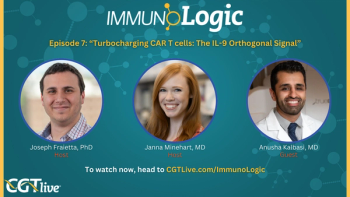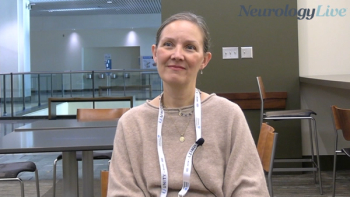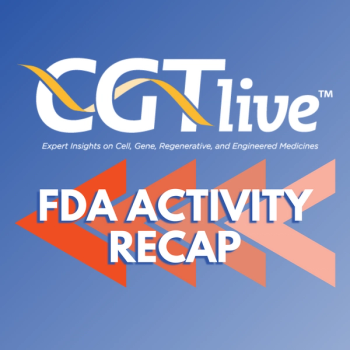
Bietti Crystalline Dystrophy Gene Therapy Demonstrates Safety in Early Phase 1 Trial
Vitalgen’s gene therapy was generally well-tolerated with no serious adverse events reported.
Vitalgen’s VGR-R01, an investigational adeno-associated virus (AAV) vector-based gene therapy intended to treat Bietti Crystalline Dystrophy (BCD), has demonstrated safety and efficacy in initial data from an early phase 1 clinical trial (NCT05399069) that was presented at
VGR-R01 is administered via a 1-time subretinal injection and is intended to deliver a functional copy of CYP4V2, the disease-targeted gene, via an AAV8 vector. In the trial, which was sponsored by Beijing Tongren Hospital, each participant received the treatment in 1 eye. Among the 3 patients who were treated with VGR-R01 in the study, 1 patient (designated as S0101) showed a rapid increase of 2 points in multiluminance mobility test (MLMT) score in the study eye, 1 patient (S0102) improved by 1 point in MLMT score in the study eye, and 1 patient (S0103)’s MLMT score remained stable in the study eye at approximately 2 weeks posttreatment. Changes in MLMT score for the untreated eyes were also observed, with Patient S0103 experiencing an improvement of 2 points in the untreated eye and Patients S0101 and S0102 experiencing improvements of 1 point. Furthermore, Patients S0101 and S0103 showed an improvement of 1 point from baseline in bilateral MLMT score at the latest timepoint. The study also examined
In terms of safety, the gene therapy was generally well-tolerated with no serious adverse events (AEs), deaths, or patients discontinuing treatment in relation to AEs reported. Furthermore, there were no AEs deemed to be related to VGR-R01 itself. Patients S0101 and S0102 experienced cases of retinal detachment, which was the most common surgery-related AE. All 3 patients experienced cases of white blood cell count elevation and neutrophil count elevation. It was noted that most AEs were mild in severity and that the patients recovered from most AEs without intervention.
“Subretinal gene therapy with VGR-R01 demonstrated a good safety profile and resulted in rapid improvement in functional vision in all participants with BCD,” first author Jinyuan Wang, Beijing Tongren Hospital, Capital Medical University, Beijing, China, and colleagues wrote. “With more data being collected, we will continue to assess the effect of VGR-R01.”
The ages of the 3 treated patients ranged from 34 years to 48 years. The group included 2 men and 1 woman. All patients had stage 3 disease at baseline. Patient S0101 received a dose of 2.0x1010 vg/eye of VGR-R01, Patient S0102 received a dose of 6.0x1010 vg/eye, and Patient S0103 received a dose of 1.2x1011 vg/eye. In order to decrease the risk of immune responses to the AAV vector, the patients were administered glucocorticoids for 17 days during the perioperative period.
In addition to this study, Vitalgen is also carrying out a separate multicenter phase 1 clinical trial (NCT05694598) evaluating VGR-R01. The trial will seek to recruit approximately 12 patients aged 18 to 69 years with confirmed diagnoses of BCD and molecular diagnoses of CYP4V2 mutations. The study’s primary outcome measures include the incidence of AEs and serious AEs, the number of participants with a clinically significant change from baseline in vital signs, the number of participants with clinically significant laboratory abnormalities, and the number of participants with a clinically significant change from baseline in ophthalmic examination findings.
REFERENCE
Wang J, Guan N, Li Y, et al. Initial findings of retinal gene therapy in patients with Bietti crystalline dystrophy. Presented at: American Society of Gene and Cell Therapy (ASGCT) 2023 Annual Meeting. May 16-20, 2023; Los Angeles, CA. Poster #803
Newsletter
Stay at the forefront of cutting-edge science with CGT—your direct line to expert insights, breakthrough data, and real-time coverage of the latest advancements in cell and gene therapy.











































